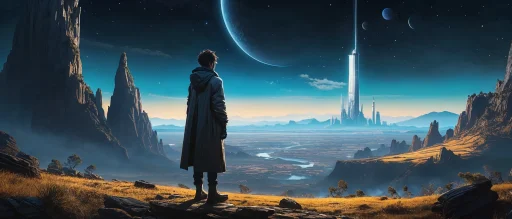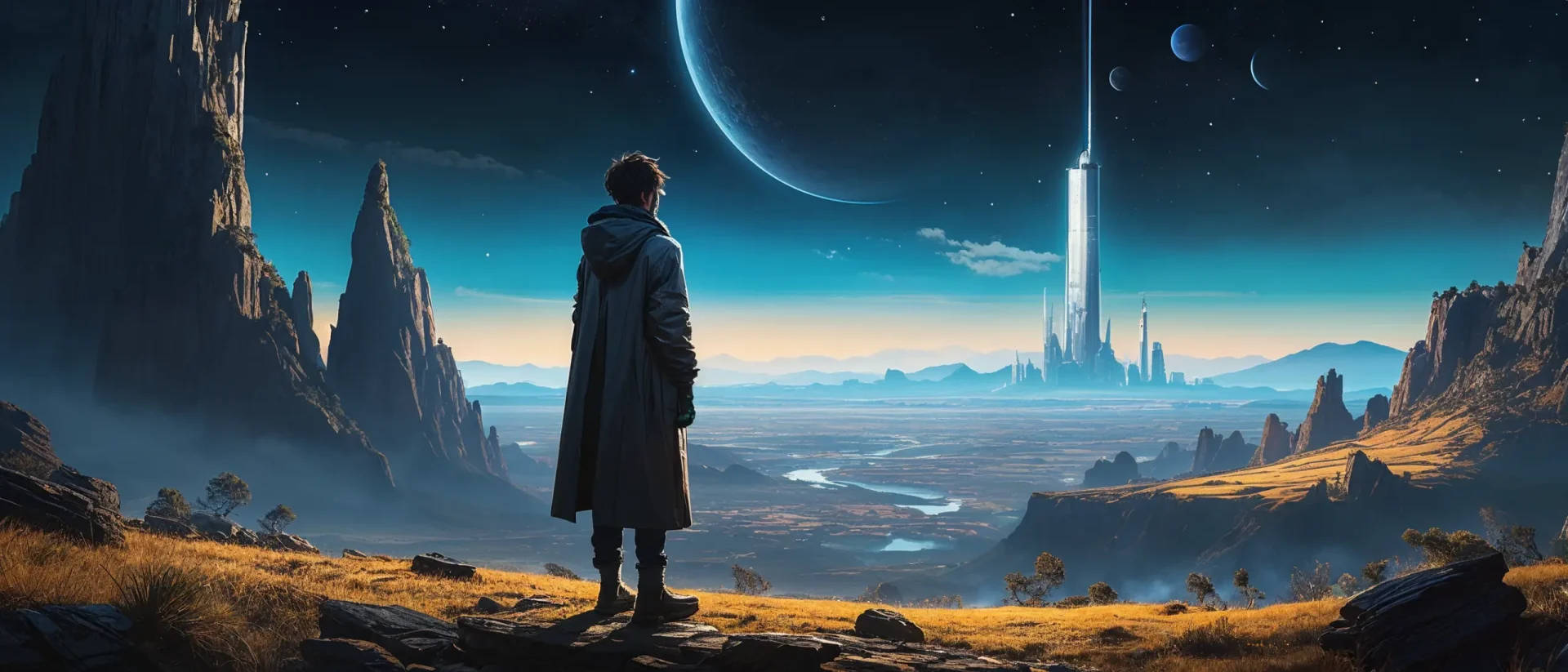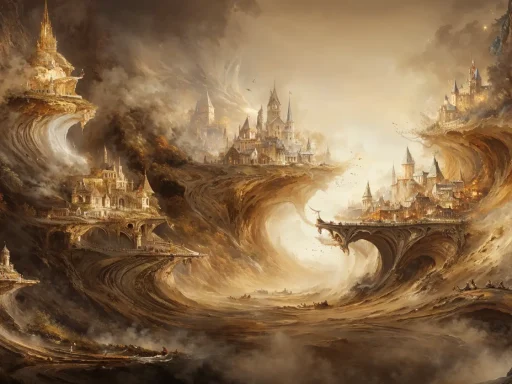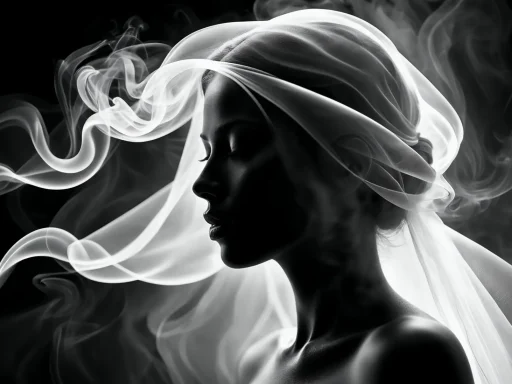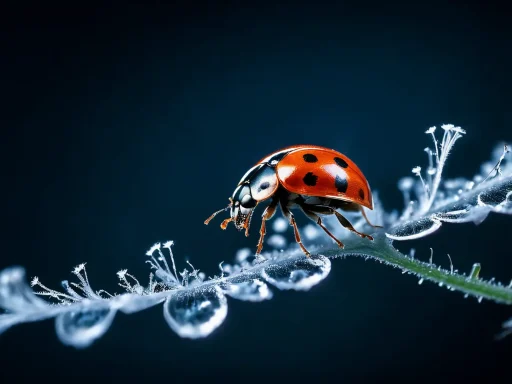Think of aspect ratio as the shape of your TV screen, or a photo frame that you have to fill. An image’s aspect ratio is the proportion of its width and its height. Basically, when choosing an aspect ratio is like deciding how to fit your picture into that frame. This decision determines how your image will look on different displays.
Why is this so important? It’s more important than you’d think. In this blog post, we’ll try to explain and demonstrate with examples how aspect ratio affects your AI-generated images. It affects how we feel about an image, and even the details that are included in it. For example, a wide aspect ratio can make your image feel like a scene from a movie. Also, a square or narrow shape can give a feeling of closeness and bring the attention closer to the details.
As you probably know by now, Tengr.ai offers 11 aspect ratios that are included in the built-in settings. And the best part? You don’t need to mention it in your prompt, just pick from the selector before generating your images. If you don’t choose, you’ll get the default square format (1:1).
In a previous blog post, we’ve briefly mentioned this topic. Now, we’d like to break it down a bit more and show you how you can transform your images by selecting the right aspect ratio.

What Exactly is Aspect Ratio?
We illustrate aspect ratio with two numbers separated by a colon, such as 1:1 or 16:9. The first number is the width and the second one is the height. This means that these two numbers show how wide an image is compared to how tall it is. If the first number is bigger than the second, then the image is wider than it is tall.
So, it is not about the image’s actual size, but its proportion or shape. Two images with the same aspect ratio can have different sizes.
How to Choose the Right Aspect Ratio







First thing, when choosing the aspect ratio of an image, think about where you want to use the image. Is it for a social media post, an article illustration, web design, advertisement, or for a YouTube video? Different platforms prefer different aspect ratios. Instagram, for instance, likes square images, while YouTube prefers widescreen formats.
Next, think about how your image will fill the screen, and what you want to show within that frame. When you want to showcase a stunning landscape or a scene with lots of details, a widescreen ratio like 16:9 is often the best choice. It gives you enough space for everything. But for a social media post for example, a square ratio, like 1:1 usually works better. It looks good on both phones and computer screens. For some presentations or web content, narrow and tall formats might be best.
Finally, don’t forget to consider the emotion and the story you want to tell with your image. A narrow aspect ratio might suggest intimacy or even a bit of confinement, which works well for portraits. On the other hand, a wide aspect ratio can suggest openness, which is more appropriate for landscapes.
The key is to match the aspect ratio to your content and purpose. Now, let’s see the aspect ratios Tengr.ai offers.
Tengr.ai’s Aspect Ratios and Their Uses

Square Orientation
1. Square (1:1)
The square format is best for social media posts. Also, it looks good on both mobile and desktop screens. It’s a great choice for when you want an image to be viewed comfortably, like social media posts. This shape is best for mobile and desktop displays as it brings the focus where it’s needed. Plus, it creates a symmetrical, balanced composition, which is pleasing to the eye.


Portrait Orientation





2. Tall and Narrow (7:9)
This one is great for book covers, magazine covers and detailed portrait images. The best thing is that it’s tall enough to show a tall subject with all its details, without feeling cramped. It has the right width to make everything look framed just right.


3. Portrait Photography (2:3)
It’s perfect for portraits, and for art prints. Most digital cameras use this aspect ratio because it provides a balanced look: neither too tall nor too wide. This is the perfect choice for those photography-type AI creations where you want the focus on a single subject.



4. Narrow Screen (4:7)
This is the ideal format for creating web content such as promotional banners and mobile ads. It’s narrow enough to fit easily in different website layouts or mobile phone screens.


5. Mobile Story (9:16)
It’s the one best suited for smartphone displays. It’s great for creating social media stories and any mobile video content. It fills the screen of smartphones just right, providing the best viewing experience.


6. Extra Tall (9:21)
This is even taller then the 9:16, making it ideal for content that needs vertical scrolling, like interactive artworks, presentations or web comics.


Landscape Orientation





7. Wide Portrait (9:7)
This format is somewhere between a portrait and a landscape orientation. As a result, it’s good for website headers, landscapes, cityscapes or panoramic portraits. When you want a comprehensive view of something while still maintaining the height, think of this aspect ratio.



8. Standard Photography (3:2)
This ratio is common in digital cameras. It’s slightly wider than the 2:3, so it’s great for general photography-type images, landscapes and printing.


9. Widescreen Portrait (7:4)
It’s great for when you want to create website content that has enough detail and it’s eye-catching, but still compact, so it’s not too wide. It’s a great choice for presentations and other digital displays.

10. HD Video (16:9)
It’s the standard format for television and YouTube videos, plus other online video content. It provides enough space for any scene, without cropping important details. This makes it suitable for projects when storytelling is important.

11. CinemaScope (21:9)
This is an extremely wide aspect ratio. It gives a cinematic, dramatic effect to AI-generated images and this makes it perfect for gaming designs as well.


Tips
- When you feel like certain details get lost, try generating your images in a different aspect ratio. Sometimes when we generate a close-up portrait or a full-body image, some details are not included or are partially cut off. In these case, try a different aspect ratio. This can lead to dramatically different results.
- Also, sometimes changing the aspect ratio can make your image more aesthetically and visually pleasing. Here is an example for how much difference can choosing the right aspect ratio have when generating images. The wide and the tall formats just didn’t look right in our image with the wolf. The square image made it all balanced and included all the important details.



- Using a wider, landscape-oriented aspect ratio for a full body shot can sometimes result in images that only capture the upper or lower body, or have parts cut off. So, to get that full body image or skyscraper without any parts cut out, use a tall or extra tall aspect ratio.
- Additionally, if you’re having difficulties achieving a full body shot, here are a few tips you can try:
- Placing the most important details at the front of your prompt.
- Using weights in your prompt to emphasize the full body aspect.
- Mentioning shoes or lower body clothing pieces in your description might also help.
- For images that have lots of details that add to its narrative and mood, use a wide aspect ratio.
Conclusion
Aspect ratio is more important in AI-generated art than you might think, mostly in how your content is perceived. It deserves more attention, that’s why we created this blog post. We hope the information we’ve shared with you gave you a little confidence and perspective for choosing the right aspect ratio for your Tengr.ai creations. Remember, there is no specific rule for choosing the right one, it mostly depends on your purpose and audience. Just think about the story you want to tell, and where your image will be seen.
Feel free to experiment and see what the different aspect ratios can do for your images. If you have questions or want to share your creations, join our friendly Facebook community group. We love hearing from you!
Also, if you have any ideas or suggestions on what you’d like to read about in a future blog post, feel free to write it in a comment. We want to create content that’s most useful to you!
